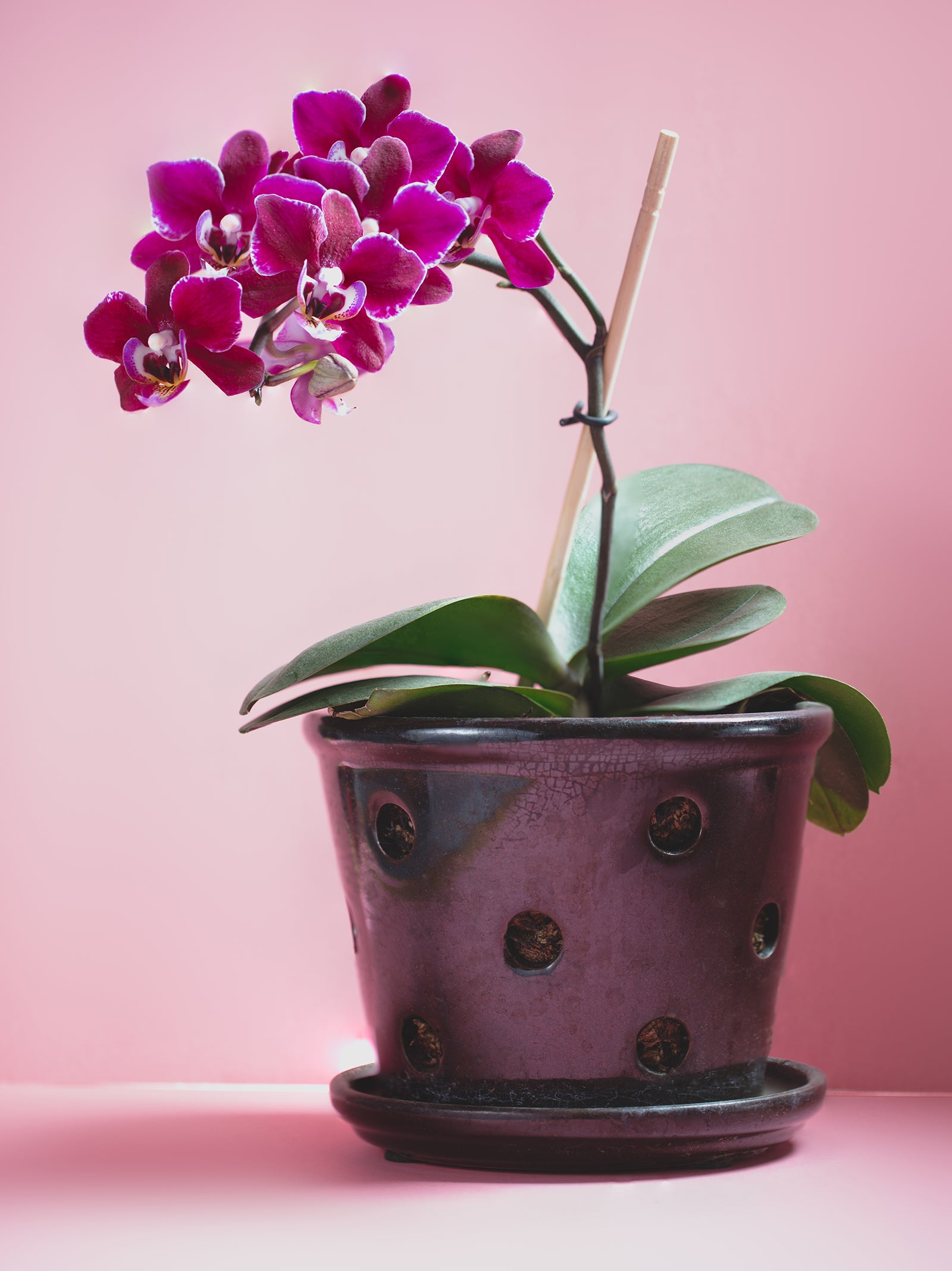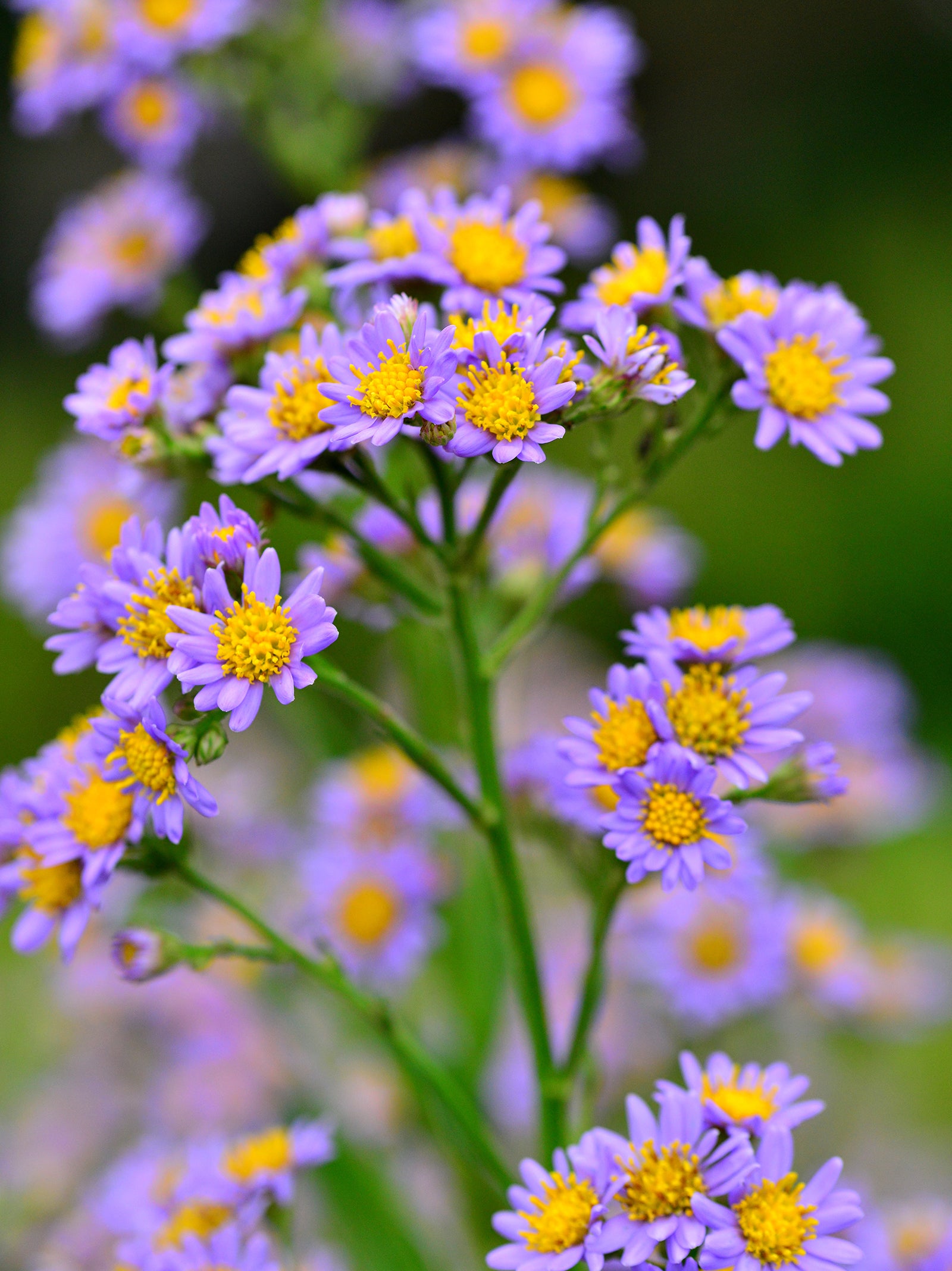Best Plants To Gift At Thanksgiving – 10 Symbolic And Impactful Ideas


This holiday, bring joy to a loved one for months – or even years to come – with one of our best plants to gift at Thanksgiving.
November is a time when the garden is naturally winding down for winter. However, there are some heroes of the fall garden that make delightful gifts.
Alternatively, a striking houseplant makes an impact in the colder months. Many can be nurtured over the holiday season and beyond. So pass on a few basic care tips to help the plant thrive into next Thanksgiving too.
10 best plants to gift at Thanksgiving
Whether you want to send a message with a symbolic plant, add a pop of color to a friend's patio, or boost an inexperienced gardener's confidence with a low-maintenance houseplant, there is an option for everyone among these best plants to gift at Thanksgiving.
1. Prayer plant

Named after its leaves, which fold up at night like praying hands, the prayer plant (Maranta leuconeura) is associated with gratitude. This makes it a perfect houseplant to gift for Thanksgiving. In addition, the underside of the leaves are often tinged red, giving a pop of fall color.
While learning how to grow prayer plants is not necessarily difficult, they do require almost daily attention due to their need for humidity. This can easily be provided through misting or by standing the pot on a tray of moist pebbles. The plants also need to sit in a warm, bright spot in indirect sunlight.
Prayer plants prefer well-drained soil, which should be kept moist. Use filtered or distilled water, or rainwater to water the plant, and feed every two weeks, from spring through fall.
Gardening tips, videos, info and more delivered right to your inbox!
Sign up for the Gardening Know How newsletter today and receive a free copy of our e-book "How to Grow Delicious Tomatoes".
2. Kalanchoe

An evergreen succulent, kalanchoe has lush, sculptural leaves and pretty flowers that appear from fall through spring. This makes it a fantastic plant to gift for Thanksgiving, as it will delight the recipient for months.
Good kalanchoe care is key to keeping these Madagascar natives blooming over several seasons. The plants require a sunny spot but with partial shade, and a well-draining potting mix.
Deadhead spent flowers and pinch back leggy growth. Fertilize once per month during the growing season, and allow the soil to dry out between waterings.
In USDA zones 8-10, the plants can be grown outside during the summer months.
3 Phalaenopsis orchid

Orchids are beautiful houseplants to gift at Thanksgiving, and the Phalaenopsis orchid – or moth orchid – is a particularly good variety to give due to its easier care requirements and associations with health and prosperity.
Pass on some Phalaenopsis orchid care tips to the recipient to ensure their plant thrives. The orchid should be positioned in diffused or low light and the potting mix kept slightly moist – never let it fully dry out between waterings.
Mist the orchid regularly to provide humidity – paying particular attention to exposed roots – and repot every two to three years using a specialist potting mix.
4. Chrysanthemums

Think of a flower associated with the fall, and mums likely to come to mind. Many varieties bloom from late summer through fall and into winter, depending on your USDA zone, while growing chrysanthemums indoors is also an option.
As the blooms convey friendship and abundance, mums make a lovely gift for Thanksgiving – with different colors adding further symbolism. Autumnal red means love and passion, orange exudes positivity, and yellow represents joy and celebration.
Bear in mind that unless you buy a variety of chrysanthemum intended as a houseplant, garden varieties planted at this time of year will usually add a flush of fall color and then die away over winter.
For longevity, mums need to be planted outdoors in the spring, which allows time for them to develop strong root systems.
5. Thanksgiving cactus

No roundup of best plants to gift at Thanksgiving would be complete without the aptly named Thanksgiving cactus (Schlumbergera truncata). These succulents are similar in appearance to the popular Christmas cactus – but there are subtle differences between holiday cactus varieties.
As it blooms during November, the Thanksgiving cactus adds color over the holiday season with its fuchsia-like flowers in shades of yellow, white, pink, and red. But with a little care this low-maintenance houseplant can continue to make an impact for years to come.
It is not a true cactus, and has higher water requirements – so do not let the plant dry out. Having said that, excess water at the roots will cause it to rot, so it needs good drainage. Water the plant well and then allow the top third of the potting mix to dry out before watering again.
In order to get the plant to bloom again next Thanksgiving, it will need to experience cooler temperatures and shorter days. If you live in a region with no frost, you can place the plant outside. Otherwise, you will have to trick it.
Once the summer is over, reduce the amount you are watering your Thanksgiving cactus – which will force it to enter its dormant phase – and place it in the coolest room of the house. It will need to be positioned in a spot where it will receive at least 12 hours of darkness each day.
6. Croton plant

Croton plants (Codiaeum variegatum) vary in appearance, with stunning variegated types capable of displaying every fall color in their leaves at once. This makes them a perfect gift for Thanksgiving, and also a positive symbol of change.
They are not necessarily the easiest to care for houseplant, but if you follow a few basic rules, they are resilient.
Firstly, check the light level for your chosen variety – variegated plants usually require more light than other types. The plants dislike cold and drafts, and can react poorly to being moved. This accounts for shedding of leaves when you first put one in the home, so it’s important to choose a location carefully.
Croton plants require high humidity, so either mist regularly or place the pot on a pebble tray. When the soil feels dry, give it a good watering.
7. Asters

Fall-blooming asters look fabulous in pots on the patio, and are an excellent Thanksgiving gift for keen gardeners as they will come back year after year. Choose pretty blue and lavender shades for a nice change of pace from the ubiquitous autumnal-hued mums.
Asters are real stars of late summer and fall gardens, and some varieties, such as Tatarian asters and aromatic asters, will bloom right through to the end of November.
Not only will the flowers provide a bright pop of color at a time when there is little else blooming in the garden, but they provide essential food for pollinators.
Growing asters is not difficult. Fertilize regularly and deadhead to encourage new blooms. Water the base of the plant rather than the leaves, which can cause mold.
9. Peace lily

Symbolizing peace, purity and hope, the peace lily is a thoughtful houseplant to gift at Thanksgiving. It may particularly resonate with a loved one who has faced loss this year.
The amazing plant is easy to care for and also a natural air purifier, proven by Nasa to help filter out toxins from the air.
When placed in a bright room in indirect light, peace lilies produce attractive white “flowers” , which are actually leaf bracts. In darker rooms they can still be enjoyed as foliage plants.
Care of peace lilies involves watering only when the soil is dry, and never when it is moist. Wait for it to dry out before dousing the soil and letting it drain out. Feed every six to eight weeks during the growing season.
8. Cyclamen

Sold as houseplants around the holiday season, cyclamen, with their pretty flowers in shades of white, pink and red, are a lovely plant to gift for Thanksgiving. They are especially an ideal gift for a mother figure as they are often associated with maternal love.
Many people discard their plants when they die back in the spring, but with some basic cyclamen care they can be encouraged to flower again.
The plants are sensitive to both over and under watering, so require good drainage. Check the soil regularly and as soon as it starts to feel dry, water well from below the leaves. Allow the excess water to drain through. Fertilize every month or two.
Once the plant has entered its dormant stage and begun to die back, stop watering and place it in a cool, fairly dark spot for two months. After this period, resume regular care and hopefully the plant will bloom again later in the year.
10. Anthurium

With its bold-hued spathes adding a pop of seasonal color, and shiny architectural leaves, anthurium makes a striking houseplant. It can also be grown as a landscaping plant in USDA zones 10 or higher. Symbolic of hospitality, it's a lovely host or hostess gift idea for the Thanksgiving season.
Learning how to care for anthurium plants isn’t difficult. They need bright, indirect sunlight and well-draining potting mix. Let the soil dry out between waterings as too much water can cause root rot.
The plants thrive in humidity, so if your home is dry, use a pebble tray under the planter or mist the plant with water regularly.

Melanie is an experienced gardener and has worked in homes and gardens media for over 20 years. She previously served as Editor on Period Living magazine, and worked for Homes & Gardens, Gardening Etc, Real Homes, and Homebuilding & Renovating. Melanie has spent the last few years transforming her own garden, which is constantly evolving as a work in progress. She is also a passionate organic home grower, having experimented with almost every type of vegetable at some point. In her home, Melanie tends to an extensive houseplant collection and is particularly fond of orchids.